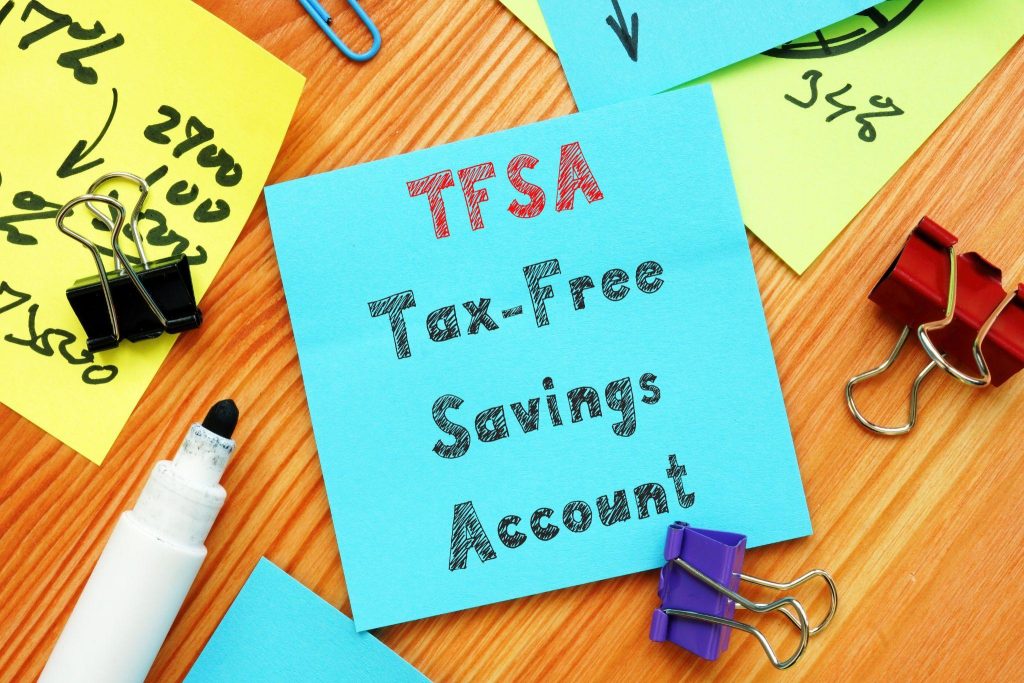
TFSA Account Overview
Tax-Free Savings Account (TFSA) was introduced in Canada in 2009 as a way for people 18 years and older with a valid Social Insurance Number (SIN) to set money aside tax-free throughout their life. TFSA is an after-tax account, which means that the contributions to the account are not deductible for income tax purposes. You do not need to have earned income to contribute to the account. The contributions and any gains on the contributed amount are generally not taxable as long as the owner of the account does not contribute more than the contribution room allows.
Contribution Room
Contribution Room is the maximum amount a person can contribute to the account at any given year. The contribution room mostly depends on the age of the person and the amount that has been contributed already. People who are new to TFSA accounts may find a TFSA calculator for a contribution room useful to determine the amount they are allowed to contribute. The formula for determining the room for contribution is as follows:
Plus:
- The TFSA dollar limit of the current year. (E.g. $6000 for the year 2021)
- The TFSA dollar limit for every year when at some point in that year, the individual is at least 18 years of age and a resident of Canada.
- Any withdrawals made from the TFSA in the previous year.
Minus:
- All TFSA contributions made by the holder since the individual turned 18 years of age.
From this formula, we can see that the cumulative contribution room tends to increase every year. The annual dollar limit is also indexed in line with inflation and rounded to the nearest $500. Because of this indexation, the annual dollar limit tends to increase every 3-6 years depending on the inflation figures:
- The annual TFSA dollar limit for the years 2009 to 2012 was $5,000.
- The annual TFSA dollar limit for the years 2013 and 2014 was $5,500.
- The annual TFSA dollar limit for the year 2015 was $10,000.
- The annual TFSA dollar limit for the years 2016 to 2018 was $5,500.
- The annual TFSA dollar limit for the years 2019 and 2020 is $6,000.
Investment income earned for the account does not change the contribution room available for the account even though it does change the value of the account. It is important to note that if an individual withdraws some amount from TFSA this year, the contribution room will increase by the amount withdrawn only next year. Losses are not considered a part of withdrawal, and they are not calculated towards the contribution room. If an individual contributes the amount that exceeds the contribution room, the highest excess TFSA amount in each month will be subject to a tax of 1%.
| Year | Contribution Limit |
| 2009 | $5000 |
| 2010 | $5000 |
| 2011 | $5000 |
| 2012 | $5000 |
| 2013 | $5500 |
| 2014 | $5500 |
| 2015 | $10000 |
| 2016 | $5500 |
| 2017 | $5500 |
| 2018 | $5500 |
| 2019 | $6000 |
| 2020 | $6000 |
| 2021 | $6000 |
Financial Instruments Available
TFSA has some restrictions on what financial instruments an individual can hold in their account. Generally, the types of investments permitted in TFSA are the ones that are permitted in RRSP as well. TFSA also does not permit leverage or margin trading in the account, but it is possible to purchase some derivative instruments (e.g. Options) and leveraged ETFs that may provide increased returns with an increased risk just as trading on margin does.
The list of financial instruments available for trade:
- Stocks listed on designated US and Canadian exchanges.
- Long equity call/put options.
- Short equity call options with a fully covered position (covered call).
- Long equity put options with a fully covered position (protective put).
- Long put/call options on indices.
- Warrants/Rights if the underlying asset acquired under the right to purchase is a qualified investment.
- S. Bonds.
- FX conversions limited to USD/CAD.
Optimal Contribution Amount
The best allocation of funds between yearly budget, TFSA, and possibly RRSP depends on an individual, their income, and their investment objectives. It is better to invest as much money as the contribution room allows, especially if the funds are kept in taxable savings or investment accounts. As a rule of thumb, TFSA should be considered for long-term investing and should not be used for high-risk short-term trading for multiple reasons:
- TFSA has a limit on yearly contribution, and withdrawals do not count towards contribution room until the next year. If an individual funds and withdraws the money from the account enough, they may exhaust their limit and pay taxes on their contributions, which defeats the purpose of the account.
- Short-term risky trading that has potential for losses may exhaust the contribution room that will not get back in the future. In this case, an investor misses out on tax-free investment gains that tend to grow exponentially in the long term.
- Gains do not exhaust the contribution room and are not taxed. Gains on the gains are not taxed either. TFSA investments may be growing exponentially over the years, and no income will be taxed from that account in the future.
- TFSA can be used in line with tax-deductible RRSP to minimize the amount of income taxes paid today and maximize returns for the future.





More Stories
Sportswear: Lolle acquires Louis Garneau Sports
REM is still innovative enough to foot the bill
A trip to the restaurant with no regrets for these customers